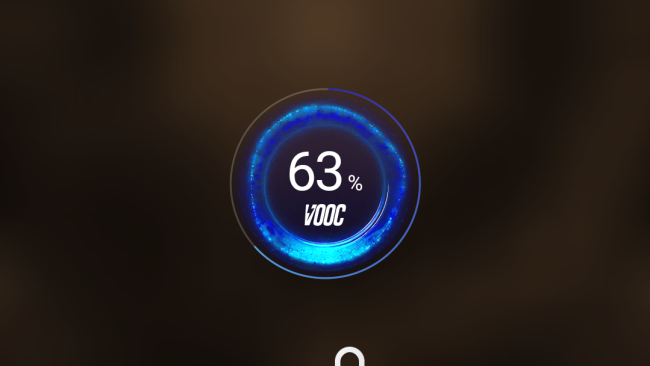Here's why Poco X2 charges faster than the Realme X2
Despite lower wattage and a bigger battery

In the never-ending skirmish between Xiaomi and Realme, the latest point of contention is the charging speeds between their latest mid-rangers — the Poco X2 and the Realme X2. Let’s understand the technical differences between the two and discern if there are any risks associated with either.
The Poco X2 was launched earlier this month, where it seemingly dethroned the Realme X2 as the new best smartphone under Rs 20,000. Other specifications aside, one point that raised eyebrows was how Poco claimed that the 27W charging on the X2 was faster at filling up its 4,500mAh battery, than the Realme X2’s 30W VOOC charging for a 4,000mAh pack. Independent testing seemed to confirm these figures, which left the curious wondering.
#POCOX2 hits it out of the park with a charging speed that's untouchable and #SmoothAF. Other brands claiming a faster charge with a smaller battery? Yeah right. #POCO pic.twitter.com/Bu1areZPoxFebruary 4, 2020
To understand this phenomenon, we need to understand what a Watt means. Watt(W) is a unit of power that measures how much energy is released per second. However, that speed of transfer of energy is dependent on multiple factors. The two main constituents are Volts(V) and Amperes(A).
Wattage = Voltage X Amperage
In the context of flowing electricity, Volts can be understood as the force with which the current flows, while Amps has to do with the physical size of the medium, which in our case is the charging cable.
An analogy of water pipes is often used to simplify the concept, where Watts will be the total water flowing through, the voltage will be the force with which the water will flow and Amps will be determined by the cross-sectional diameter of the pipe. An increase in either the voltage or amperage will increase the overall volume of current flowing. This is where the two smartphones’ charging standards vary primarily.
The Realme X2 implements VOOC 3.0 Flash Charging, which has an output of 30W. It achieves this with a voltage of 5V at 6A. This means that instead of ramping up the voltage from the standard 5V, it uses a special cable and adapter that can operate higher amperage. This is a proprietary charging solution and will function only with compliant hardware. The phone internally checks this before the charging is initiated.
In contrast, the Poco X2 has 27W fast charging over Power Delivery standards. It has three charging profiles at 5V 3A, 9V 3A and 12V 2.5A. Evidently, Poco opts to increase the voltage without pushing the amperage to abnormal levels.
Sign up for breaking news, reviews, opinion, top tech deals, and more.
More than just marketing
Here’s where things get interesting: the Realme X2 has a 4,000mAh battery, while the Poco X2’s battery is rated at 4,500mAh which is 12.5% higher. Even with that, it manages to charge in a shorter time. However, VOOC charging barely slows down while the phone is in use. For instance, if you are charging your phone while playing PUBG Mobile.
Another factor that brings up the difference is the decreasing current in the end that VOOC charging brings, which is notably absent on the Poco X2. Charging slows down in the last 15-20% to protect the battery’s health and avoid overcharging at a high wattage. The Poco X2 continues to charge at a relatively higher speed, which could theoretically harm the battery.
Interestingly, Poco also claims that the higher voltage charging, which is usually associated with overheating, actually keeps the phone at a comparatively lower temperature. This could be due to certain proprietary optimizations on the Poco X2, such as the LiquidCool heat sink.
The winner? You.
Regardless, it’s almost certain that neither of the manufacturers would opt for a solution that could harm the battery or the phone as a whole. It’s just a matter of very different approaches to the same result. It’s also too early to say how these numbers will fare in the longer run, and if the battery capacities will degrade after hundreds of cycles.
As seen from this comparison, neither is particularly worse than the other. And to ensure that your phone enjoys a longer life, there are a few practices you can adopt for optimal results, such as using the included charger as far as possible, avoiding overcharging and trying to maintain charge cycles.
Along with improvements in the charging speeds, there are also other parameters that manufacturers can opt for, to improve charging speeds. Oppo has been experimenting with dual-cell batteries, where both of them can charge at these high speeds. The ambient temperatures of the surroundings, the adapter and the battery can also slow down the power delivery, and is also an area which manufacturers are exploring. The future of fast-charging is bright, and is no longer limited to premium smartphones. Is wireless charging next?

Aakash is the engine that keeps TechRadar India running, using his experience and ideas to help consumers get to the right products via reviews, buying guides and explainers. Apart from phones, computers and cameras, he is obsessed with electric vehicles.